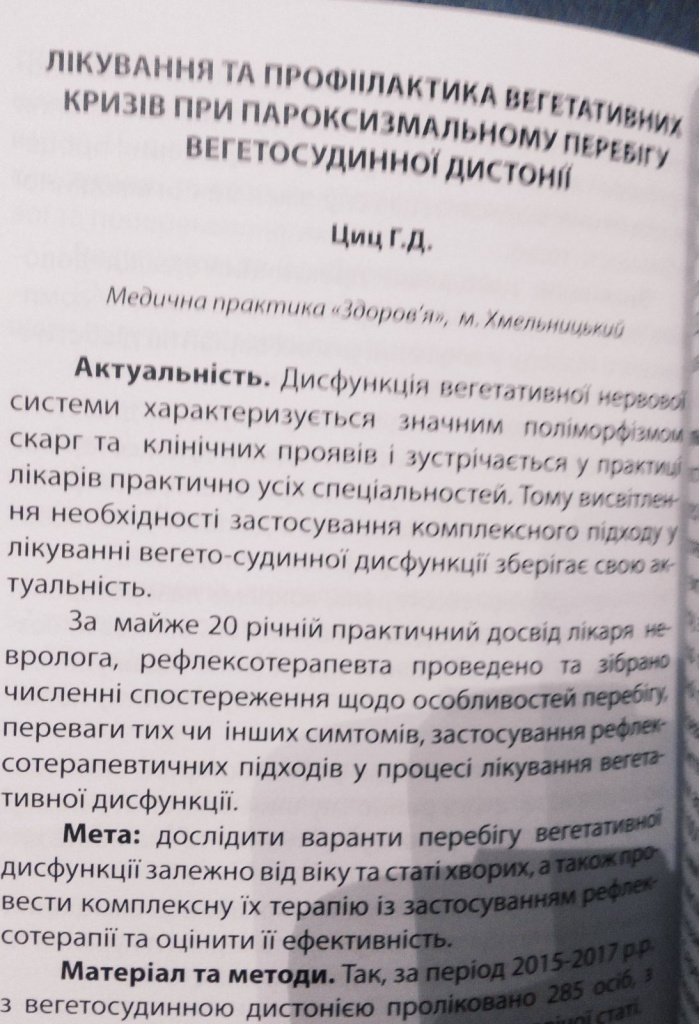What is the nature of vegetative vascular dystonia? What types of dystonia are different?
Increasing the tone of the sympathetic or parasympathetic part of the autonomic nervous system causes a violation of the natural balance in the work of the internal organs.
There are vegetative disorders or autonomic vascular dystonia:
A peculiar imbalance in the system of heat exchange, sweating, circulation, digestion ....
Most often, vascular dystonia occurs in adolescents against the background of endocrine and hormonal restructuring. In young women, vegetative-vascular dystonia acts as an independent syndrome, which is constitutional dystonia .
Formation of vegetative dysfunction often occurs after infectious diseases, poisonings, injuries, stressful situations. It is a dystonia of organic origin.
In this case, the methods of treatment and the treatment approach itself depend on the condition of each individual patient.
The scheme of vegetative control over the work of the internal organs of man

Constitutional vegetative vascular dystonia
Symptoms of dystonia : headache, excessive sweating, pallor or redness of the skin,
pressure drop, change in heart rate, lump in the throat, shortness of breath or feeling of tightness in the chest, abdominal pain and discomfort, grunting, constipation, diarrhea, frequent urination, labia emotional instability, fear.
What is the course of vegetative vascular dystonia : permanent-m "which; paroxysmal-seizure or crisis.
When examining patients with dystonia
Organic changes in the substance of the brain, blood vessels, internal organs are usually not found, which confirms the functional nature of the autonomic disorders.
The main thing is to determine the tactics of treatment. The choice of treatment method is chosen by a doctor
neurologist, reflexologist taking into account the patient's condition, nature of functional changes, according to the results of neurological examination.
It is obligatory to evaluate the state of the autonomic nervous system : width of the pupils (miosis, mydriasis);
quality of dermographism (pale, pale pink, red, red spilled), color, temperature, humidity of the skin of the tassels and feet, pulse parameters, blood pressure in the sitting position, lying down; respiratory rate ....
Condition of the autonomic nervous system:
- parasympathicotonia - preference for parasympathetic nervous system tone;
- sympathicotonia - the advantage of the tone of the sympathetic nervous system;
- eitonia is the equilibrium state of the sympathetic and parasympathetic nervous systems
Determination of the state of the autonomic nervous system is a key point, since in the future allows correct influence on autonomic dysfunction by the methods of reflexology.
Our experience in the treatment of VSD



Reflexology for the treatment of vegetative vascular dystonia (VSD)


The positive effect is observed with the use of acupuncture corporate and auriculotherapy, warming with wormwood cigars or mox-zheng-ju therapy. , complex application of reflexology in the form of zone, laser, laser, electropuncture and electrotherapy of reflexogenic zones, spot massage of reflexogenic zones, therapeutic and respiratory gymnastics

Comprehensive treatment has significant advantages due to the ability of reflexology techniques to potentiate each other's action. In practice, it has been observed that the use of reflexology
allows to reduce the doses of drugs and the duration of their administration, translates the crisis course of dystonia in m ", which mixes the frequency and number of paroxysms, improves the patient's condition much faster and significantly shortens the term of treatment.

